As @urzeit suggested, you should first find the points as accurately as possible. There's really no way to give good advice on that without seeing real pictures, except maybe: try to make the task as easy as possible for yourself. For example, if you can set the camera to a very short shutter time (microseconds, if possible) and concentrate the laser energy in the same time, the "background" will contribute less energy to the image brightness, and the laser spots will simply be bright spots on a dark background.
Measuring the linearity should be straightforward, though: "Linearity" is just a different word for "linear correlation". So you can simply calculate the correlation between X and Y values. As the pictures on linked wikipedia page show, correlation=1 means all points are on a line.
If you want the actual line, you can simply use Total Least Squares.

